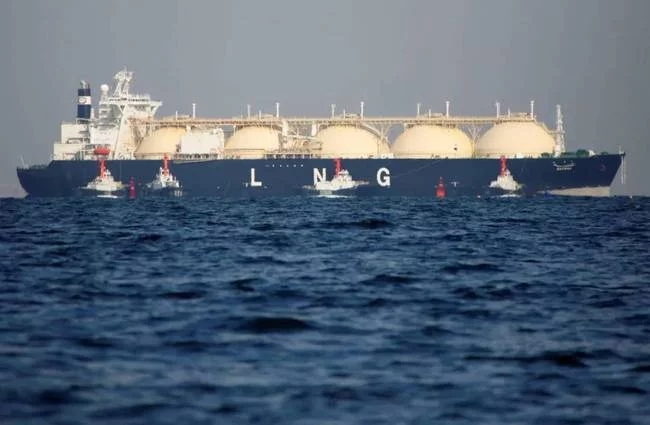|
Natural gas, a fossil fuel composed of mostly methane, is one of the cleanest burning alternative fuels. It can be used in the form of Pipeline natural gas (PNG) , Liquefied natural gas (LNG) and Compressed natural gas (CNG) to fuel power generation, ship and vehicles. Natural gas is obtained from a wide range of sources and may differ not only in composition and processing, but also in energy content. The main component is methane (CH4); it usually constitutes between 75-99%, but deviations are not unusual. Natural gas contains small amounts of ethane, propane, butane and ethylene.
Natural gas is commonly supplied via pipeline or a gas infrastructure, but thanks to recent developments it can be liquefied easily and economically. Consequently, it can be transported as LNG by vessels all over the world.
Liquefied Natural Gas (LNG) is natural gas that is cooled down to -161 °C (-258 °F) to liquefy. The advantage of LNG is that its volume is 1/600th of its gaseous volume which makes it very attractive for transportation.

Liquified Natural Gas (LNG)

LNG Ship
For use of natural gas in our engines, the gas must comply with the general applicable specifications for natural gas, the specific MDT requirements, be clean, dry and cooled (free of water, hydrocarbon condensate and oil) when fed to the engine.
If you are in doubt about your gas quality, do not hesitate to contact us. Our well equipped laboratory can check your fuel and inform about the best suited our engine.
Note:
1. Nm³ corresponds to one cubic meter of gas at 0 °C and 101.32 kPa.
2. All data provided on this site is for information purposes only, explicitly non-binding and subject to changes without further notice.
 手机二维码
手机二维码






